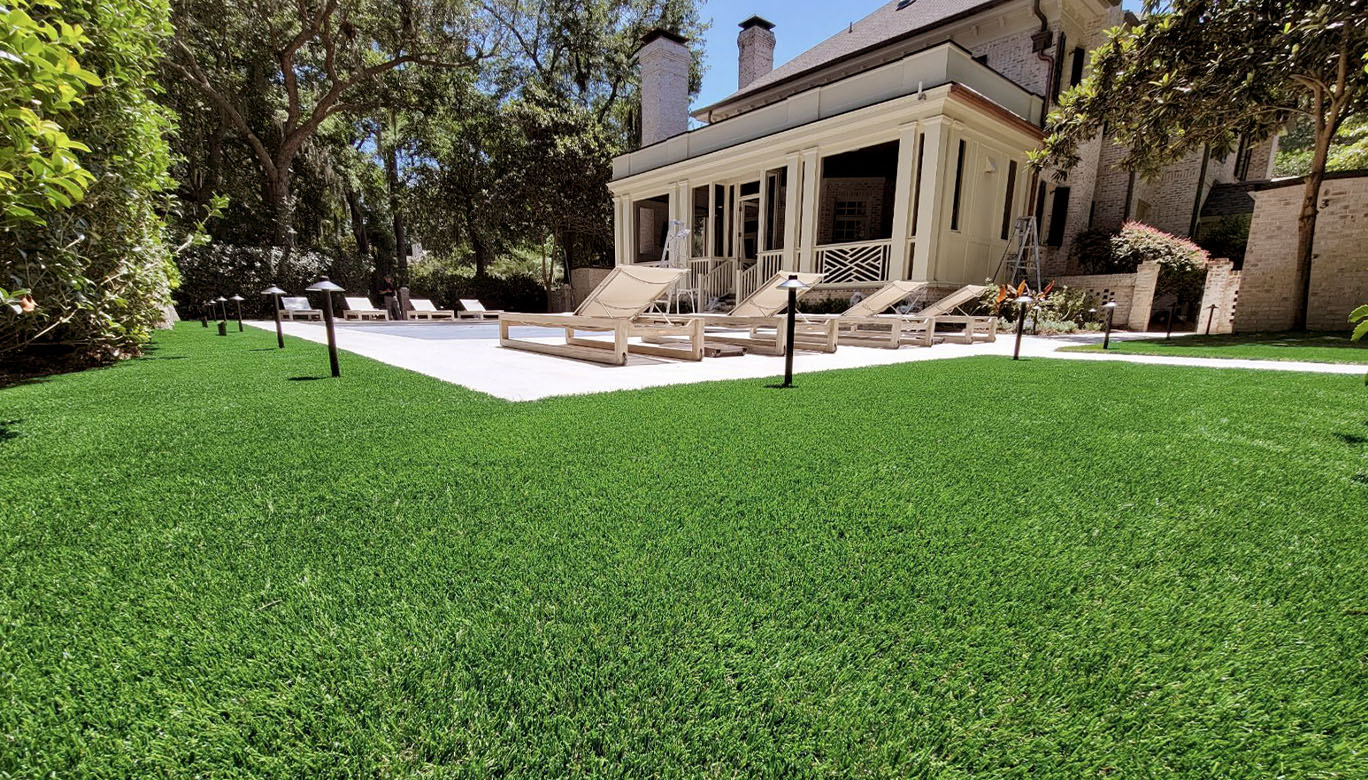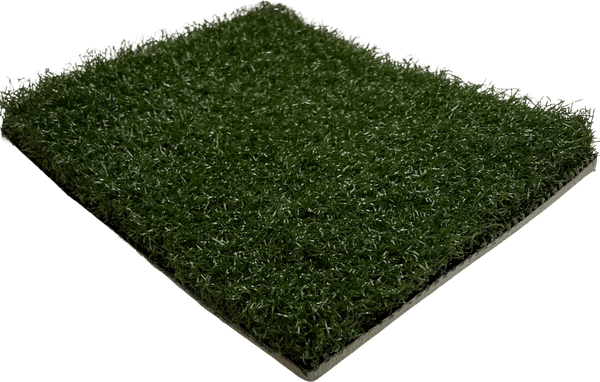Find the Leading Turf Installation Phoenix AZ Solutions for Your Home or Business
Find the Leading Turf Installation Phoenix AZ Solutions for Your Home or Business
Blog Article
Delve Into the Environmental Conveniences of Opting for Synthetic Grass Solutions
The adoption of synthetic grass solutions presents an engaging possibility to deal with pushing ecological challenges. By dramatically lowering water use and decreasing the application of harmful chemicals, these choices not only advertise lasting landscape design yet also safeguard regional ecological communities.
Water Preservation Conveniences
One of the most considerable advantages of artificial turf is its capability to save water. In contrast, man-made turf does not need watering, dramatically decreasing the total demand for water resources.
By eliminating the demand for routine watering, synthetic grass adds to sustainable landscape practices and aids reduce the environmental impact of too much water intake. The preservation of water extends to the decrease of runoff, which can lead to soil erosion and waterway air pollution.
Additionally, the installation of synthetic grass permits municipalities and home owners to allocate water resources much more efficiently, concentrating on crucial usages such as alcohol consumption water and agriculture. The change towards synthetic grass not only advertises accountable water usage yet additionally straightens with wider environmental goals targeted at preserving natural deposits.
As neighborhoods increasingly prioritize sustainability, the water conservation advantages of synthetic grass offer an engaging instance for its adoption in household and commercial landscape design projects.
Lowered Chemical Use
The shift to synthetic grass considerably reduces the dependence on chemical treatments generally used in all-natural turf upkeep. Typical turf monitoring commonly includes the application of pesticides, plant foods, and herbicides to advertise development and control pests. These chemicals can pose threats to human health and wellness, local wildlife, and the environment, adding to dirt and water contamination.
On the other hand, synthetic grass gets rid of the requirement for these damaging substances. When installed, it needs marginal maintenance, primarily containing regular cleansing and occasional infill replenishment. This decrease in chemical use not just benefits the instant setting but likewise adds to broader environmental security. By decreasing the launch of synthetic compounds into the environment, artificial grass advertises much healthier dirt and water supply.
In addition, the absence of chemical drainage related to synthetic grass installations aids shield neighborhood waterways from contamination, sustaining aquatic life and preserving biodiversity. Arizona artificial turf. As communities significantly prioritize lasting methods, selecting fabricated grass provides a sensible remedy that lines up with ecological conservation objectives. With this shift, homeowner can delight in rich environment-friendly spaces without endangering ecological wellness, paving the way for an extra sustainable future
Reduced Carbon Footprint

Additionally, the installation of synthetic lawn can result in significant water preservation. All-natural grass need significant amounts of water for irrigation, which not just includes in the carbon footprint connected with water removal and treatment however also stress neighborhood water sources. In comparison, synthetic grass requires marginal maintenance, needing no watering, therefore significantly decreasing water usage and its associated power costs.
Additionally, the long life of synthetic grass adds to its decreased carbon influence. With a life expectancy of up to 15 years or even more, the need for constant substitutes is decreased, causing less waste and lower energy usage in production and getting rid of standard turf options. On the whole, synthetic grass provides a sustainable option for environmentally conscious here are the findings landscaping.
Habitat Conservation
Environment preservation is a vital factor to consider in the argument over landscaping selections, specifically when contrasting synthetic grass to all-natural grass. Natural yard yards commonly require comprehensive maintenance, consisting of using plant foods, chemicals, and herbicides, which can adversely influence local ecosystems. These chemicals can seep right into the soil and rivers, hurting native flora and fauna and interfering with neighborhood environments.
Fabricated lawn eliminates the demand for unsafe chemicals, therefore securing close-by wildlife and preserving the honesty of bordering environments. The setup of fabricated grass can lead to the conversion of former grass locations into even more biodiverse landscapes, such as pollinator yards or indigenous plant areas, which can support regional wild animals.
Ultimately, the shift to synthetic grass not only preserves water and lowers maintenance initiatives however also promotes a much more harmonious relationship between human tasks and the native environment, advertising habitat conservation in the procedure.
Long-Term Sustainability
Long-term sustainability is a critical consider examining the benefits of artificial lawn over typical turf yards. One of the most significant benefits of hop over to these guys synthetic grass is its toughness; it can last up to 15-20 years with marginal upkeep, whereas all-natural yard calls for regular reseeding and substitute. This durability decreases the demand for constant sources, such as water, fertilizers, and pesticides, which are necessary for preserving a healthy turf yard.
In addition, man-made lawn contributes to a reduction in carbon exhausts connected with yard treatment devices. Traditional lawns typically call for gas-powered lawn mowers, leaners, and blowers, all of which add to air contamination. Turf installation phoenix az. In comparison, fabricated turf removes the need for such tools, promoting a cleaner environment
Moreover, the production of synthetic grass progressively makes use of recycled materials, boosting its sustainability profile. As manufacturers adopt eco-friendly practices, the ecological footprint of man-made turf remains to diminish.

Verdict
The fostering of synthetic grass options provides significant ecological advantages, consisting of considerable water preservation, decreased reliance on hazardous chemicals, and a lower carbon impact. Synthetic turf help in maintaining all-natural habitats by reducing land disturbance and promoting lasting sustainability via the usage of durable materials. Collectively, these elements emphasize the potential of synthetic grass to add positively to environmental wellness and provide a viable alternative to conventional landscaping practices in an increasingly you can try these out resource-conscious globe.
In contrast, artificial grass does not need watering, dramatically decreasing the total need for water sources. By minimizing the release of synthetic substances into the ecosystem, fabricated turf advertises much healthier soil and water systems.
Additionally, the installment of artificial lawn can result in substantial water conservation. In contrast, artificial lawn needs minimal upkeep, needing no watering, thereby substantially lowering water use and its associated energy prices.

Report this page